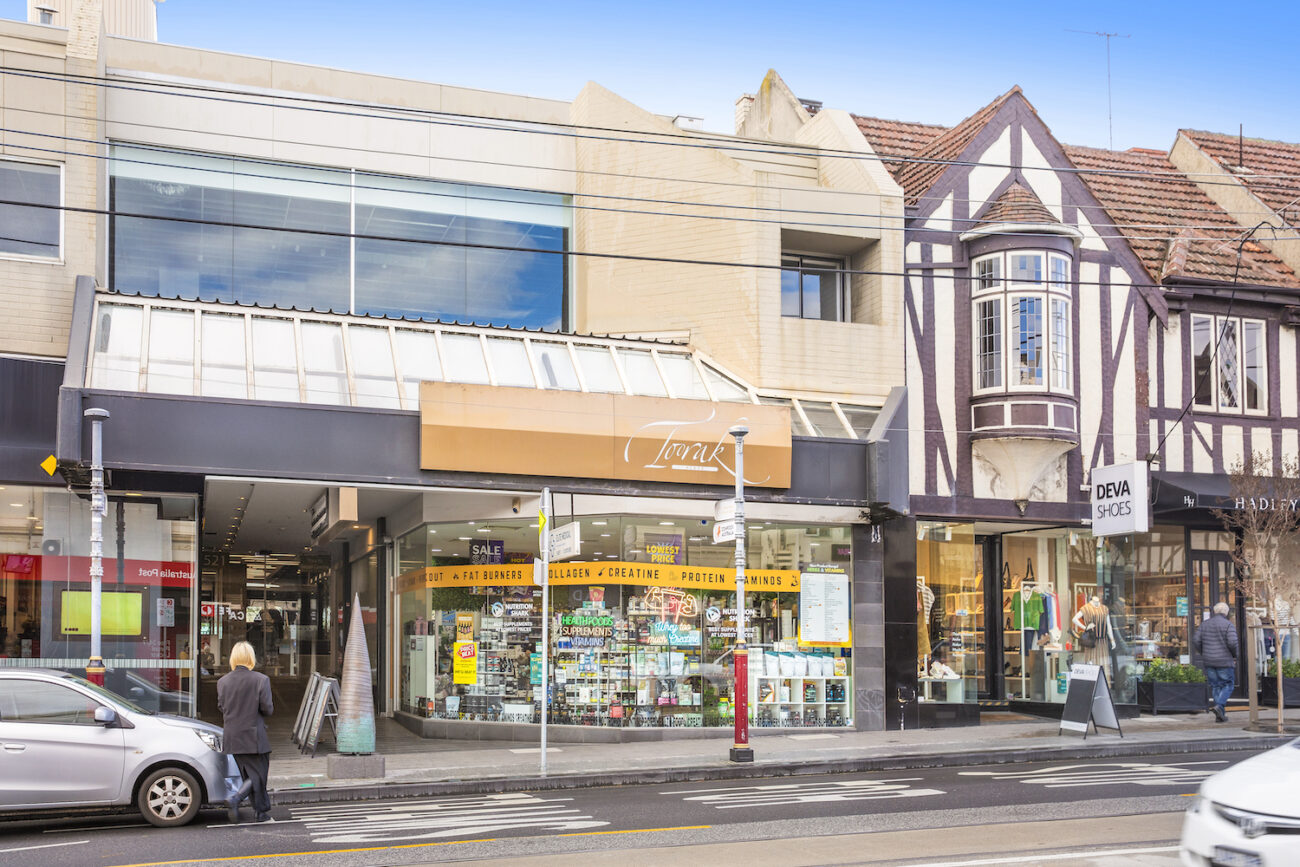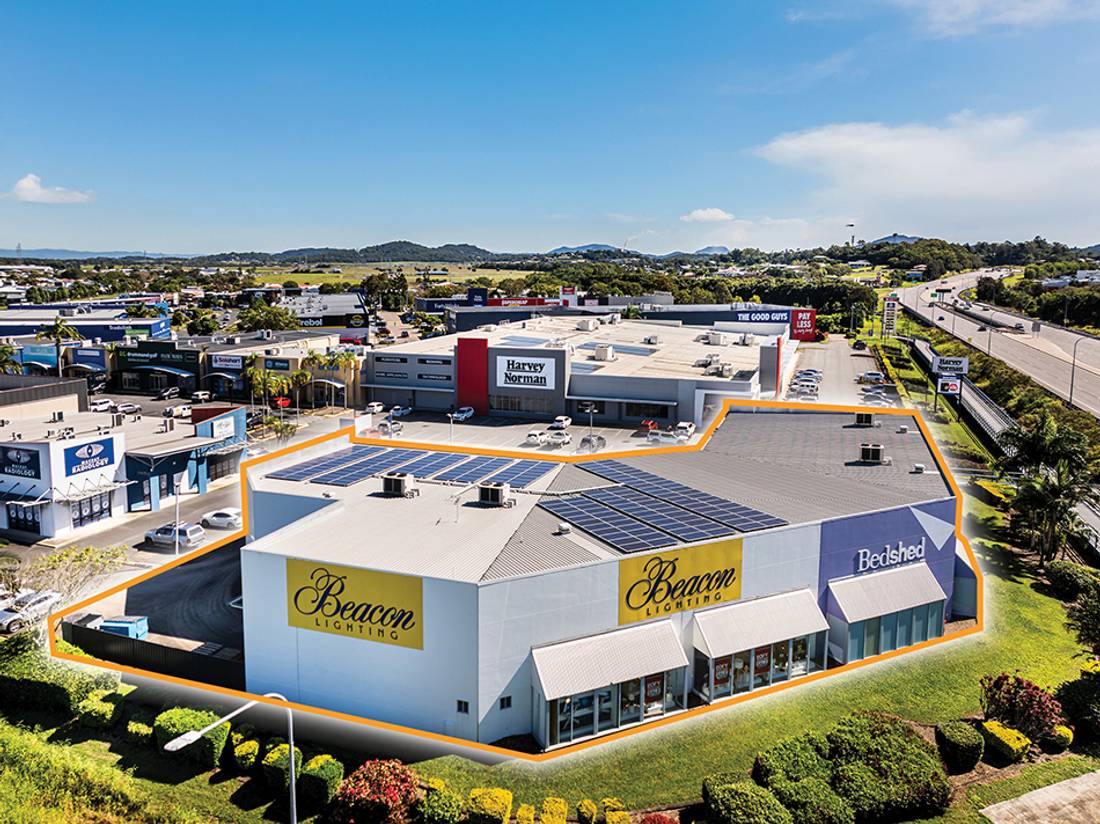With customer visitation in malls down 30% and retailers closing their doors, it is not surprising that our biggest retail Landlords are seeing significant drops in values. Today, Vicinity Centres have revealed re-valuations of its 60 directly-owned retail properties have resulted in a net valuation decline for the overall portfolio of -11.3% or $1.79 billion for the six month period to 30 June 2020.
Many commentators believe this to be the just the first of 3 downwards revaluations that are likely to occur through the cycle. Vicinity's revaluations include a large number of assumptions about the future state of the market which are simply too hard to call at this stage. The valuations show a slightly softer cap rate, however there is very little evidence from which to draw market comparisons on, whilst several large Centres have next to zero interest from buyers.
In the absence of suitable transaction evidence since the COVID-19 outbreak, Vicinity advised that valuers have addressed market conditions by closely focusing on the underlying cashflows. Key assumptions include significantly increasing short to medium term allowances such as vacancy, downtime, leasing capital, and lowering expectations for sales and market rental growth.
Vicinity's high exposure to Regional and Sub Regional Centres has been its biggest challenge over the last 3 years. The valuation results revealed that its 16 Regional Centres lost -15%, accounting for over 40% of the total valuation decline with the Groups 25 Sub regional centres accounting for a further 18% of the decline, down -10.5%.
Mr Grant Kelley, CEO and Managing Director, said: “While the overall portfolio net valuation decline was -11.3%, the results highlighted the resilience of our Flagship portfolio, affirming our strategy and weighting towards metropolitan markets with strong long-term fundamentals.”
Mr Kelley added: “A portion of the valuation decline in the period relates to assistance in the form of rent waivers provided by Vicinity to retailers impacted by the COVID-19 pandemic. It is important to note that retail property is one of the few industries where partial rent waivers, not just rent deferrals, are being offered to impacted businesses, notwithstanding legal obligations under leases. Vicinity is undertaking these actions to support the long-term sustainability of the retail industry.”
The key drivers for the -11.3% valuation decline over the six-month period include:
- 21 basis point softening in the weighted average capitalisation rate of the portfolio to 5.47% at 30 June 2020 from 5.26% at 31 December 2019. Discount rates for the portfolio remain relatively flat
- Short term one-off COVID-19 related adjustments including the waiver and deferral of rent for impacted tenancies, higher vacancy allowances, and increased downtime and leasing capital assumptions
- Lower sales and market rent growth, and consequently market rental reversions for a period of up to three years to allow for the full impact of COVID-19
- Income and capital allowances for repurposing space that may be handed back, and
- Increased capital expenditure allowances to ensure our centres remain relevant and meet consumer preferences.
Mr Kelley said: “Aside from Victoria which has had an increase in COVID-19 cases and recently reinstated Stage 3 restrictions across metropolitan Melbourne, conditions across other Australian states continue to improve. For many of our centres, particularly those that are less reliant on office workers or tourists, customer visitation has returned to, or is close to, pre COVID-19 levels. Customer visitation across our portfolio is 68% of the prior year level, with 83% of stores trading. Excluding Victoria, portfolio customer visitation increases to 80%, with 95% of stores trading.
“This remains a highly uncertain and evolving environment, as demonstrated by current circumstances in Victoria. Any reductions in discretionary retail spending and lower retail activity may continue to have an adverse impact on the valuation of Vicinity’s assets.
“We remain confident in our strategy of focusing on market-leading destinations, which we believe will deliver returns for investors over the medium to long term, and ensure our retailers have the best platform to reach consumers. Our highest priority remains the health, safety and wellbeing of our team members, consumers, retailers and the broader community, as well as ensuring our centres continue to play an essential role in their communities.”






